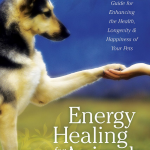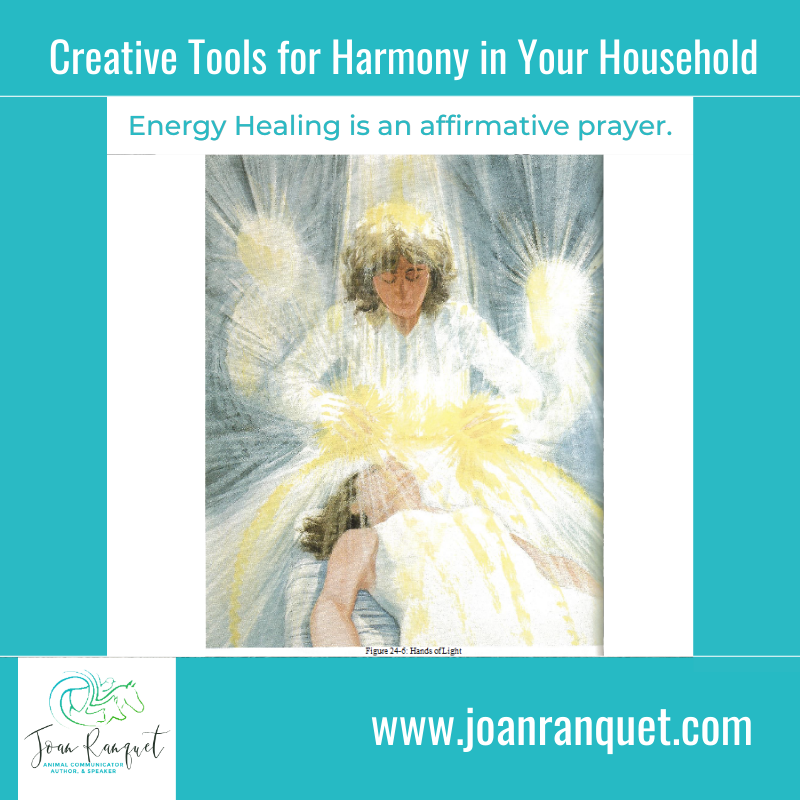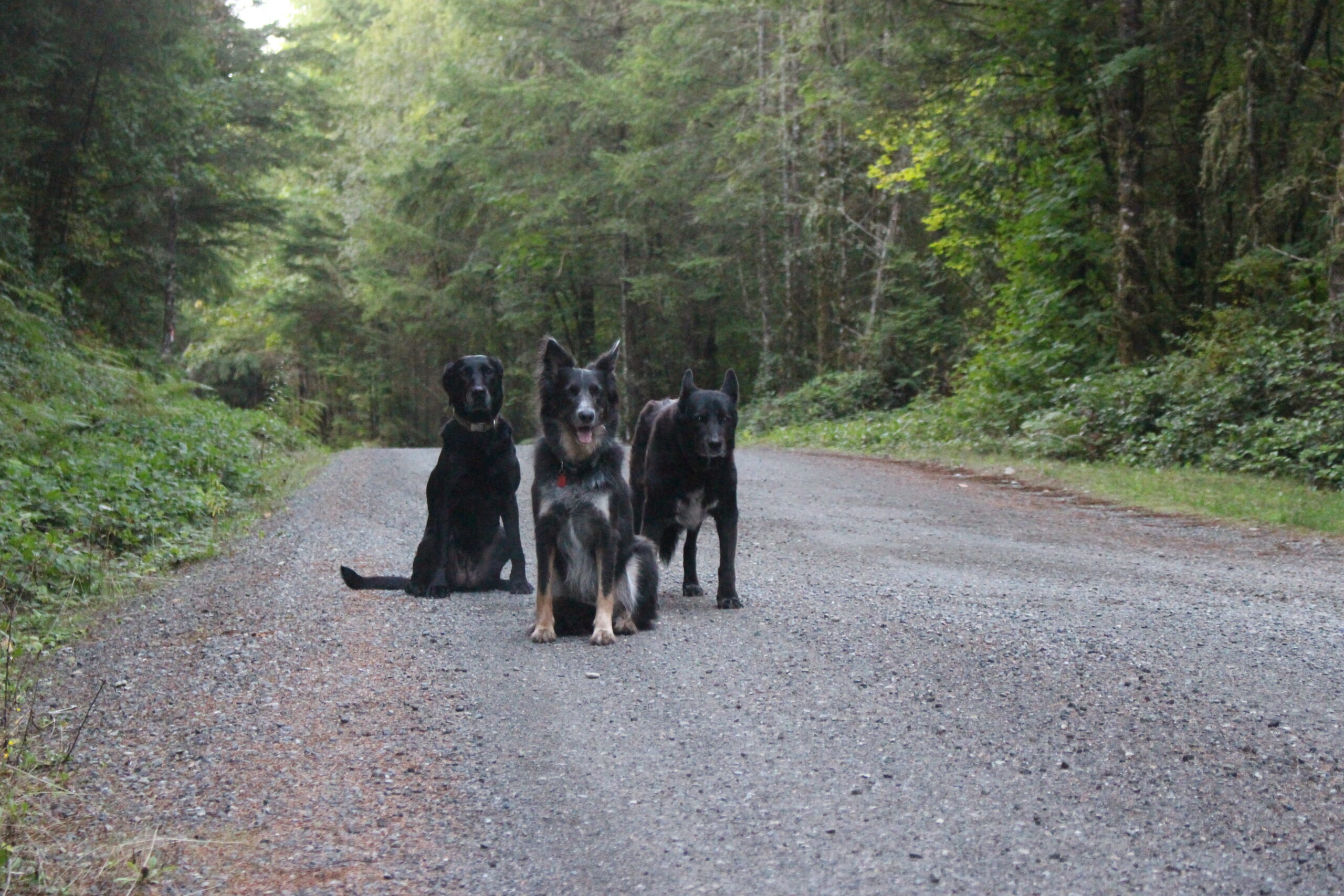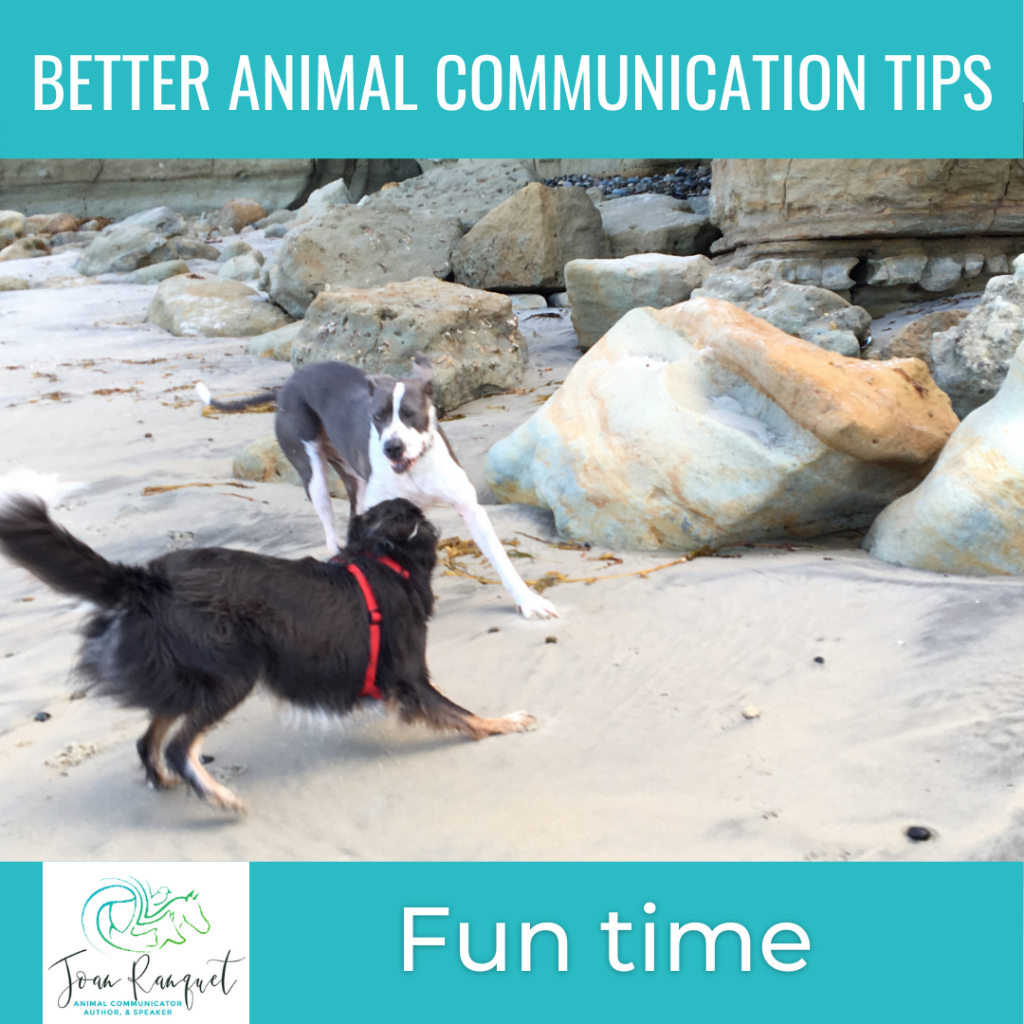Creative Tools for Harmony in Your Household: #10 Structured Play, Toy Parade and Awards
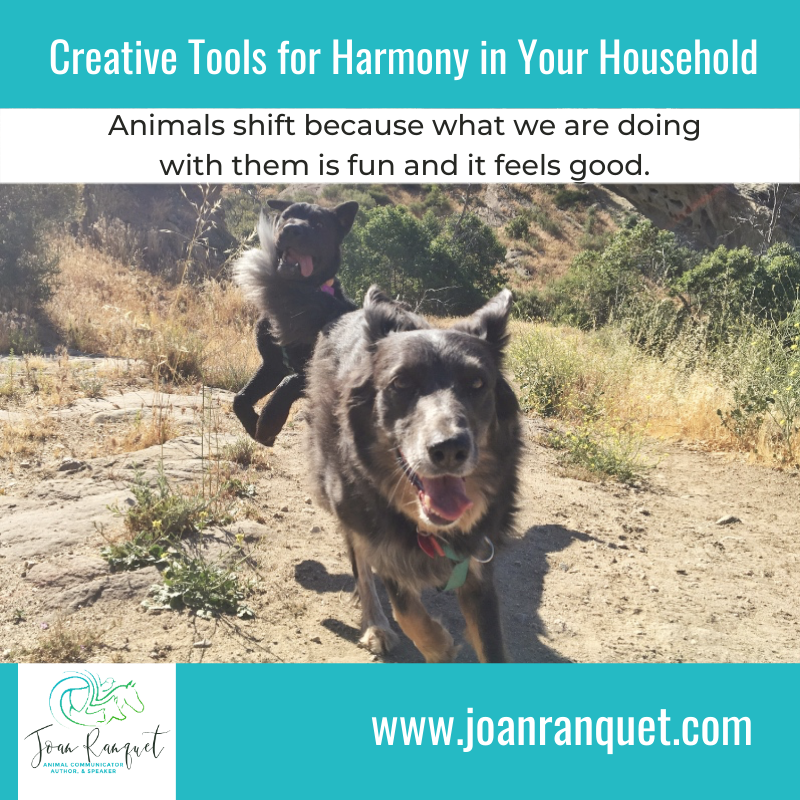



I believe that aside from the deep love connection we share with animals, bribing on occasion with food, animals shift because what we are doing with them is fun and it feels good. Some of my favorite tools are listed here, Structured play, toy parade and awards.
My dog, Isabella, came to me feral. She is the subject of a story in The Dharma of Dogs (Sounds True) and I share her whole story there. I created Toy Parade because she would imitate Olivia, my other dog. I could get a very depressed and terrified dog to laugh, smile and have fun by imitating Olivia. Later those words proved to either shift a mood or to get their attention.
Dr. Jaak Panksepp, a neuroscientist and the author of Affective Neuroscience: The Foundations of Human and Animal Emotions, has a theory based on the “blue-ribbon emotions” we share with animals. He writes that these shared core blue-ribbon emotional systems “generate well-organized behavior sequences that can be evoked by localized electrical stimulation of the brain.” In other words, you get the same behaviors when you stimulate the same areas over and over again.
So have fun with your animals!! Here are some ways to get them to have fun and learn:
Structured Play
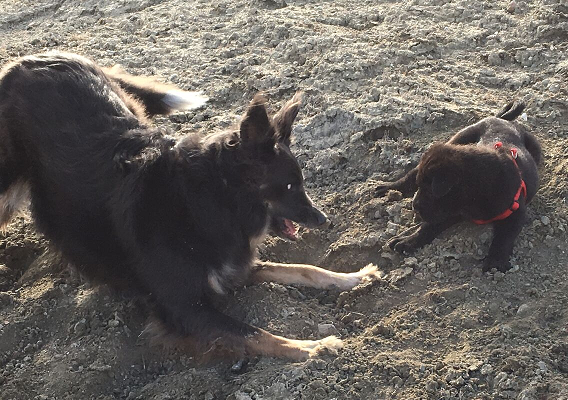

An entire industry called “natural horsemanship” has been built around this idea. The original term was “horse whispering.” Its games and techniques deepen the human-horse bond, giving both confidence as a team and enabling the person to lead. If riding is the goal, all of these attributes hopefully lead to a better relationship under saddle. At the very least, the games are fun and often become their own pursuit because of the connection this “work” creates.
Games like hide and seek are fun for cats, dogs, and horses alike. Animals have fun doing tricks, and this includes all species. Like humans, an animal may be more or less introverted or extroverted. An introverted cat isn’t going to come out to play during a dinner party in the same way that an extroverted cat might. Nevertheless, it is always worth training the very curious. Any sort of mind-body connection is great for super smart animals, especially those that live inside or are in a big equestrian facility with limited time to get out and run.


Toy parade is super fun to play. It’s just like it sounds: pick up a toy and run around the house together—big excitement and big, fun energy. It is not just a fun thing either. You can also use it to divert the energy of your animals when they are in danger. I used it once on the hiking trail when I saw a bear in the distance. 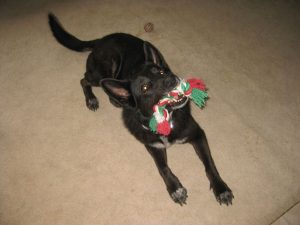

Awards
When training an animal or even helping it heal from illness or injury, it’s great to have some sort of award ceremony. At my house when we’re learning something new, I give out Most Improved Player awards. Clients of mine have given out awards to their dogs or cats for greatest healing.
I once had a client with a former racehorse that had a very severe injury. He was depressed and not healing. Meanwhile, he lived in a big barn with competitive show horses. I had this client do the walk of the roses, as if she and her horse had just won the Kentucky Derby. She walked the injured racehorse right down the barn aisle in front of all of the fancy show horses, and he perked right up. It sped up his healing.
Excerpted from Energy Healing for Animals, A Hands-On Guide for Enhancing the Health, Longevity & Happiness of your Pets (Sounds True, 2015)

